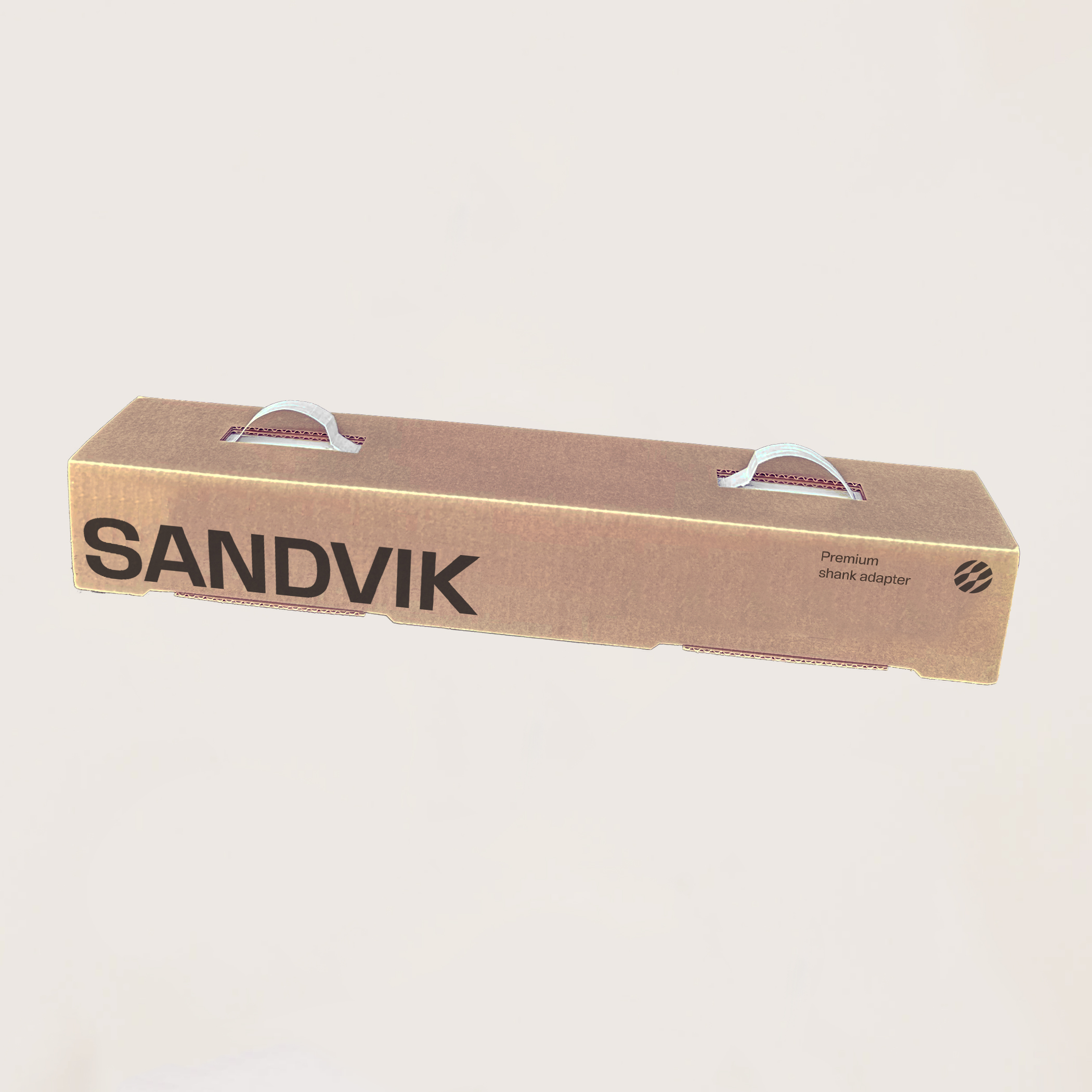We shift climate
As previously mentioned, climate action is one of the Sustainable Development Goals established by the United Nations in 2015. The official mission statement of the goal is “Take urgent action to combat climate change and its impact”. Let us now explore what that means.
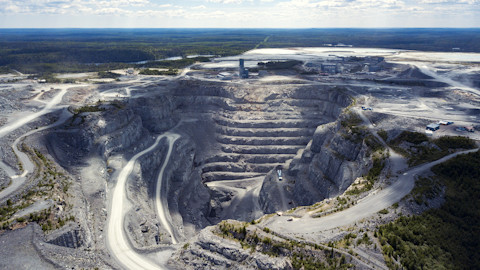
Climate change
According to the United Nations climate change refers to “long-term shifts in temperature and weather patterns”. Since the 1800s human activities have been a large climate change driver by emitting greenhouse gases (GHG) like water vapor (H₂O), carbon dioxide (CO₂), methane (CH₄) and laughing gas (N₂O). The source has primarily been from burning fossil fuels.
This results in an enhanced greenhouse effect where the average temperature on earth increases.
How to measure climate change
There is no specific defined system to measure climate change, since the climate system is very complex and consists of several components. Therefore, the choice of measurement method depends on the climate change effect of interest.
One common way for companies to describe climate change is to measure GHG emissions following the international standard Greenhouse gas protocol where all GHG emissions are translated into one common unit – carbon dioxide equivalents CO₂e.
Greenhouse gas protocol divides the emission into three main areas
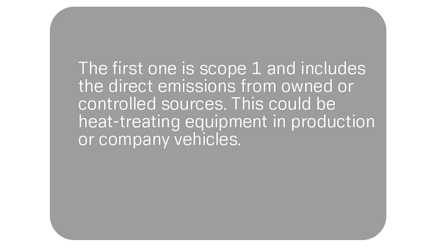
Scope 1
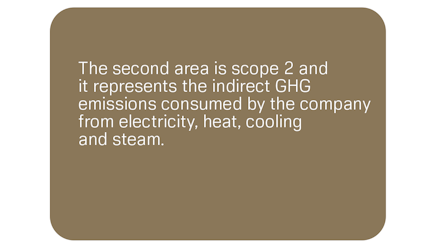
Scope 2
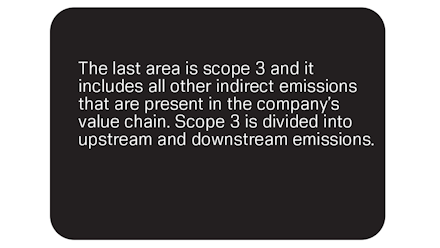
Scope 3
The upstream emissions are generated indirectly before they reach the company “walls” and could include production of materials, while downstream emissions represent the indirect emissions from example fuel consumption when the product is produced. Scope 1 and 2 emissions is under the organizations own control.
What do we mean by climate action?
Sandvik as a whole, and Sandvik Rock Tools, have reported scope 1 and 2 GHG emissions for many years and since Sandvik Group’s Sustainability Climate goal was introduced in 2019, plans to halve the climate impact by the latest 2030 have been set and activities successfully executed.
Sandvik Rock Tools also needs to understand the total climate impact of the business and in 2021, a mapping of upstream and downstream scope 3 emissions was introduced. The mapping shows that the largest group of scope 3 emissions comes from upstream steel production.
In 2022, a total scope 3 inventory - aligned with the greenhouse gas protocol and the rules of the Science Based Targets initiative - will be carried out and this will increase our knowledge about our business climate impact and where we should focus to reduce our GHG emissions in the coming years.
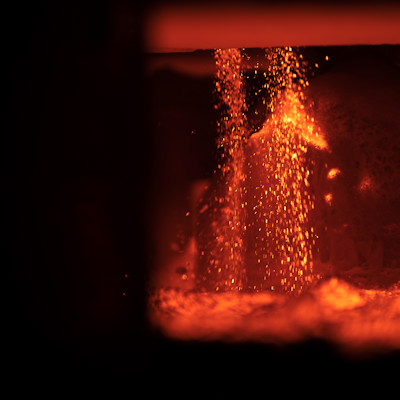
Based on today’s knowledge, Sandvik Rock Tools has set the following targets for climate action:
- Climate impact from steel suppliers
- Fossil free electricity supply
- Air freight finished goods
- Business air travel
Climate impact from steel suppliers

Key Performace Indicator (KPI) definition
“Climate impact from steel suppliers” is a KPI that refers to the total upstream scope 3 emissions from the steel used to produce Sandvik Rock Tools products. Emissions from the transportation of the steel to the production are also included. The target is to decrease GHG emissions from the steel used in Sandvik Rock Tools products by 25% until 2025.
How do we achieve this?
The target for GHG emissions from our steel suppliers is absolute and it is important for Sandvik Rock Tools to have a transparent dialogue with suppliers to make sure that they take action to reduce their GHG emissions. By increasing the proportion of steel from scrap-based suppliers, the GHG emissions will decrease both per tonnes purchased steel and in total.
Result in 2022
The upstream GHG emissions from the steel used in Sandvik Rock Tools production increased by 6% compared to 2019 and the reason is that the sourced steel volume increased.
Focus in 2023
Sandvik Rock Tools sourcing team continues to have a transparent dialogue with steel suppliers to make sure that they continue to execute their GHG reduction plans. Sourcing steel from scrap-based suppliers remains important to reach our 2025 GHG reduction targets. The target for 2023 is 3% reduction compared to 2019.
Fossil free electricity supply

Key Performance Indicator (KPI) definition
The KPI “Fossil free electricity supply” is defined as the percentage of electricity that is provided from fossil free electricity production.
How do we achieve this?
Our production units use electricity as their main energy source. By using fossil free electricity, Sandvik Rock Tools can decrease scope 2 GHG emissions. Sandvik has purchased fossil free electricity in Europe for many years and 2021 was the first year when Sandvik Rock Tools purchased renewable electricity in India. There is not enough renewable electricity in the world, and therefore Sandvik Rock Tools has installed solar panels on roofs to the production buildings in Patancheru and Pune in India. The solar panels provided 1000 MWh renewable electricity in 2022.
Result in 2022
In 2022, 89% of the electricity used at the production sites was provided by fossil-free electricity production, which exceed the target of 88%.
Focus in 2023
Installation of solar panels in our production unit in Wuxi, China, was planned for 2022, but the project was delayed because of structural issues. Other solar panel installation alternatives will be evaluated during 2023. The target for 2023 will be 89%.
Air freight finished goods
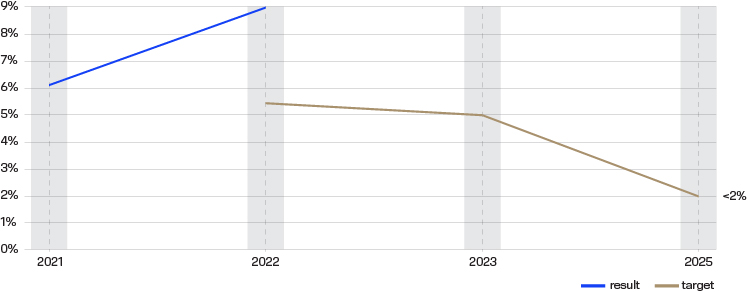
Key Performance Indicator (KPI) definition
“Air freight finished goods” is a KPI that describes how many weight percent of finished goods that is transported from our production units to our warehouses by airplane.
How do we achieve this?
Distribution of finished products to warehouses and costumers leads to GHG emissions. However, different shipping methods – train, boat, lorry or airplane - have different climate impacts. Air freight has the highest climate impact and therefore, Sandvik Rock Tools aims to reduce this shipping alternative to less than 2% by 2025.
Result in 2022
In 2022, air freight increased to 9% due to the challenging post-covid distribution situation in the world and higher demands on some products.
Focus in 2023
The global freight situation is stabilizing, and transportation lead times are decreasing. Improving forecasts to make sure the right products are in stock in our global warehouses is also very important to reduce the need for air freight. The target for 2023 is 5%.
Business air travel

Key Performance Indicator (KPI) definition
Annual GHG emissions caused by business air travel is accounted for in the KPI “Business air travel”.
How do we achieve this?
Business air travel does not have the most significant climate impact but reducing business air travel also effects our sustainability culture. Employees should travel when it is needed, but unnecessary air travel shall be avoided, and the digital way of working should continue and be developed. During 2021 CO₂ emissions from air travel was very low due to the pandemic.
Result in 2022
In 2022, GHG emissions from business air travel were reduced by 78% compared to the base year of 2019. Traveling in the beginning of the year was impacted by the Covid pandemic. The target of 12.5% for 2022 was significantly outperformed.
Focus in 2023
We will continue to track business air travel on a quarterly basis and efforts to achieve cultural changes to reduce the organization’s travel habits continue. However, meeting our customers and other key stakeholders remains important and therefore, the target for 2023 is to reduce business air travel by 50% compared to 2019. We have also changed the target for 2025 to a 60% reduction, compared to 50% in previous targets.
Climate-neutral production units
Sandvik Rock Tools aims to have fully climate-neutral production units by 2025, in regard to Scope 1 and 2 emissions. This means that all electricity supply should be fossil-free and that all fossil fuel usage should be phased out.
During 2022, we have made further steps in achieving this. In for example Sandviken, Sweden, we have phased out all fossil fuels and replaced them with local district heating and bio-fuels.
More sustainable packaging solutions
In 2022, Sandvik Rock Tools entered into a publicly funded research project together with a number of other large Swedish companies to explore new packaging solutions.
The project is run over a two and a half-year period, and aims to explore primarily how industry can make packaging in general more circular and biobased. More specifically for Sandvik Rock Tools, the purpose is to find ways of making our end caps (the plastic cap protecting the threads of our rods) more sustainable. The project is funded by the Swedish Agency for Innovation Systems (Vinnova) and was awarded 6.7 million SEK in grants.
In addition, there is a lot of ongoing work of finding more sustainable solutions for our packaging. A recent example can be found within our shank adapter function, where we are looking to introduce entirely new boxes for our shank adapters and switching from plastic material to paper for the handles.
